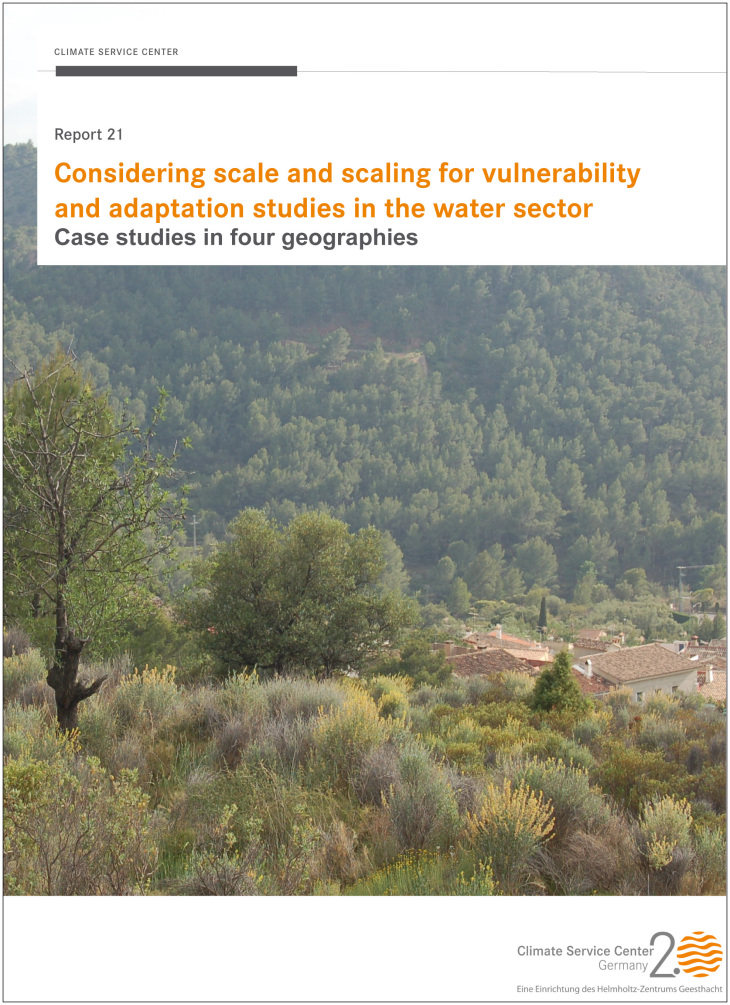Considering scale and scaling for vulnerability and adaptation studies in the water sector – Case studies in four geographies

© Climate Service Center
Climate change is impacting the hydrologic cycle globally. Understanding how these changes may impact water related resources and hazards are priorities for development and sustainability initiatives.
Frequently these concerns are addressed through vulnerability and adaptation studies. Scaling drives much of scientific analysis. It is how we move from identifying individual factors and interactions within a system to modeling the system itself. Intuitively, exploratory data analysis usually begins with a broader collection of data in an effort to recognize patterns and processes. As understanding of these patterns and processes progresses, we maximize efficiency by isolating and including only the most necessary factors in models to predict change.
This project explores data quality and relevance for vulnerability and adaptation to climate change studies framing the discussion in the context of scaling limitations and opportunities. Four geographies are selected as case studies for their distinct geologic and hydrologic conditions: a Small Island Developing State, a delta, an estuary and a mountainous region. Common disciplinary approaches utilized for vulnerability and adaptation assessments including remote sensing, modeling, participatory social research and hybrid approaches, are compiled for each region. Within each, the quality and relevance of data resources utilized for addressing common water sector concerns from an environmental hydrology perspective is discussed.
Results recommend that consideration of scaling progression through the stages of scientific analysis can be used conceptually and pragmatically to guide data collection and analysis irrespective of disciplinary approach. For example, statistical analyses of point-source data of pollution and other water quality parameters have successfully supported the management of estuaries where modeling approaches are unrealistic (D'Elia et al. 2003; Bianchi 2013). Reconstruction of historical profiles of climate and climate related hazards through social approaches has helped to inform disaster risk reduction activities and reconstruct past climate in data scarce regions (Dixit et al. 2009; Nadeem et al. 2009; Opitz Stapleton and MacClune 2012; Birk 2014).
The environmental processes relevant to vulnerability and adaptation assessments should be placed at the heart of adaptation policies for hydrological events. Different scientific resources and tools are needed to characterize and monitor hydrologic processes to support science-based management decisions. We highlight exemplary basic hydrologic concerns for four geographies to show the particularities and needs that arise from them. Recommendations for informing knowledge information centers to assist users with vulnerability and adaptation studies are provided.
Report 21: Considering scale and scaling for vulnerability and adaptation studies in the water sector – Case studies in four geographies
